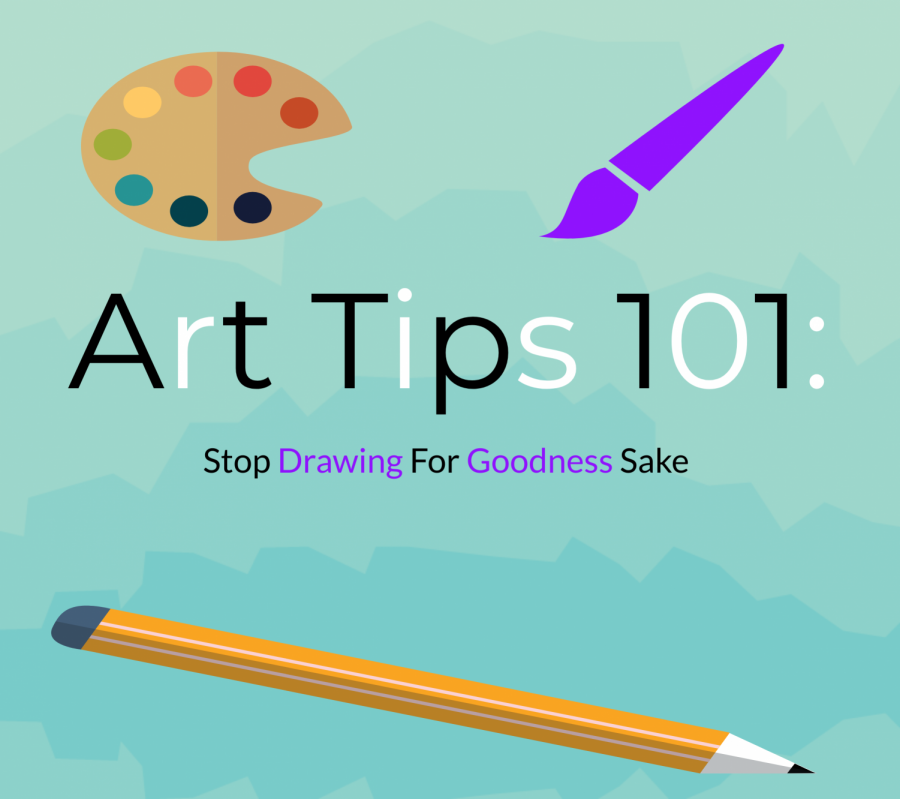logo
Portraiture done easy!
Drawing portraits can be really hard.
I mean, think about it! You have to sketch everything out very carefully, pay very close attention to your proportions, then figure out how the shadows change the face shape – it’s exhausting half the time! There are plenty of artists out there that can draw and paint absolutely stunning traditional portraits, but what if a portrait could be more than just a face?
I’ve been experimenting with this idea for almost six months now, and I gotta say, it’s very difficult. I really like music, especially rock (if you couldn’t already tell), and recently I’ve been working on a series of portraits of some of my favorite people in the world of rock. I work from photographs, so the credit really goes to all the talented photographers who took the pictures, not me. I just re-draw and re-work them a little for some fun practice.
I’m going to share a little secret with you: not all portraits have to be realistic. Some of my favorites that I have done recently use colors like blue and red as the primary colors in the piece, not brown and beige. Colors have lights and darks, dark being pure black, and lights being pure white. Between that however, is where you get the vibrant color. When you’re doing a face, mark out all your highlights, shadows, and shades in between. Shadows are close to black, highlights are closer to white. Anything in between will be your vibrant color, ranging from darker to lighter depending on your reference. What you’re doing instead of brown and beige, is using one color to represent the relationship between light and shadows. If you still have no idea what this means, google “monochromatic portraits.” Now do you see what I mean?
One you practice enough, your portraits will improve drastically. Instead of being hyper realistic, they’re now more abstract and creative. Don’t be afraid to jump into a color other than blue or red – there are lots of other colors to use! (Except yellow. Yellow is not a color for young art padawans – only Jedi masters can master yellow.) Even better, have the color you choose add meaning to the piece. What I mean by this is say I was drawing Axl Rose from Guns ‘N Roses (which I’ve done quite a few times, love him or hate him, he’s a cultural icon). I could draw Axl with different shades of red because he’s got the word ‘rose’ in his name and roses are red. Or I could use purple, as Axl is often seen wearing purple or blue bandanas. You see what I mean? It doesn’t have to be random. The color you choose can add meaning and value to your piece.
The best part about this way of portraiture is how simple it is! It’s not too intimidating, and if you need something done fast, it’s very quick. I’ve used this technique many times for illustrations for stories here on this website, now that I think about it. I personally love this way of drawing and painting, and if you practice enough, I know you will too.

